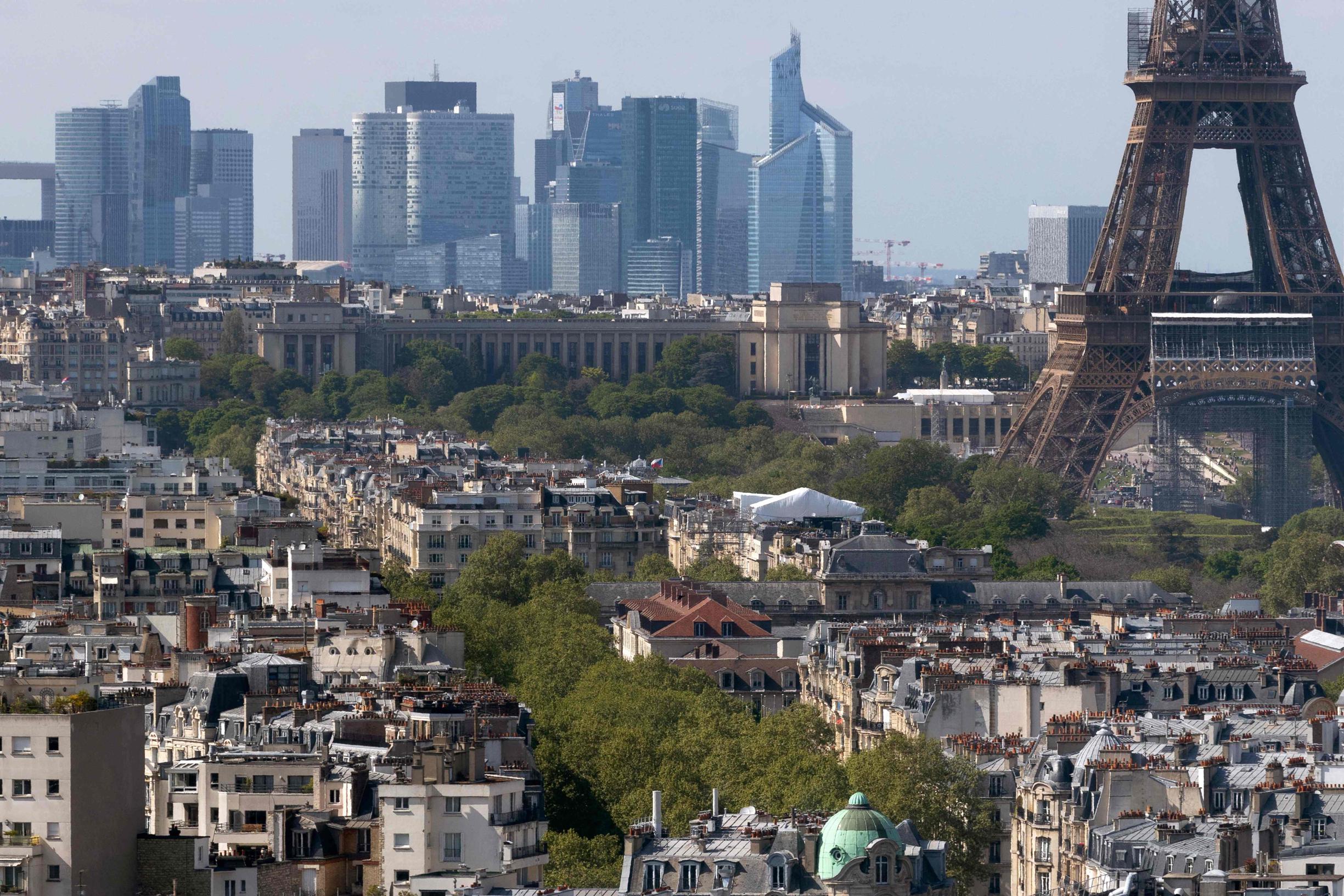While inflation in the eurozone has continued to rise, growth has ground to a halt in some countries. This brings the infamous stagflation scenario closer.
–
The French economy did not grow in the first quarter, the Italian one even shrank. In the entire eurozone, production was 0.2 percent more in the first quarter than in the previous quarter, and 5 percent more than a year earlier. Quarterly growth was only sustained in a handful of countries, including Portugal and Austria. In Belgium it was 0.3 percent.
At the same time, inflation continued to climb. In the eurozone, life was 7.5 percent more expensive in April than a year earlier, a new record. In Belgium, according to the harmonized European figure, it was 9.3 percent. Estonia topped the list with 19 percent. Inflation in the Baltic States is still a lot higher than in the rest of the eurozone.
The figures in the eurozone still compare relatively favorably with those of the United States, where inflation is at 8.5 percent and growth was negative in the first quarter. The US central bank is expected to raise interest rates again next week. An interest rate hike is also expected from the British central bank next week. The ECB can do that in July at the earliest, but much will depend on developments in the coming months.
–


